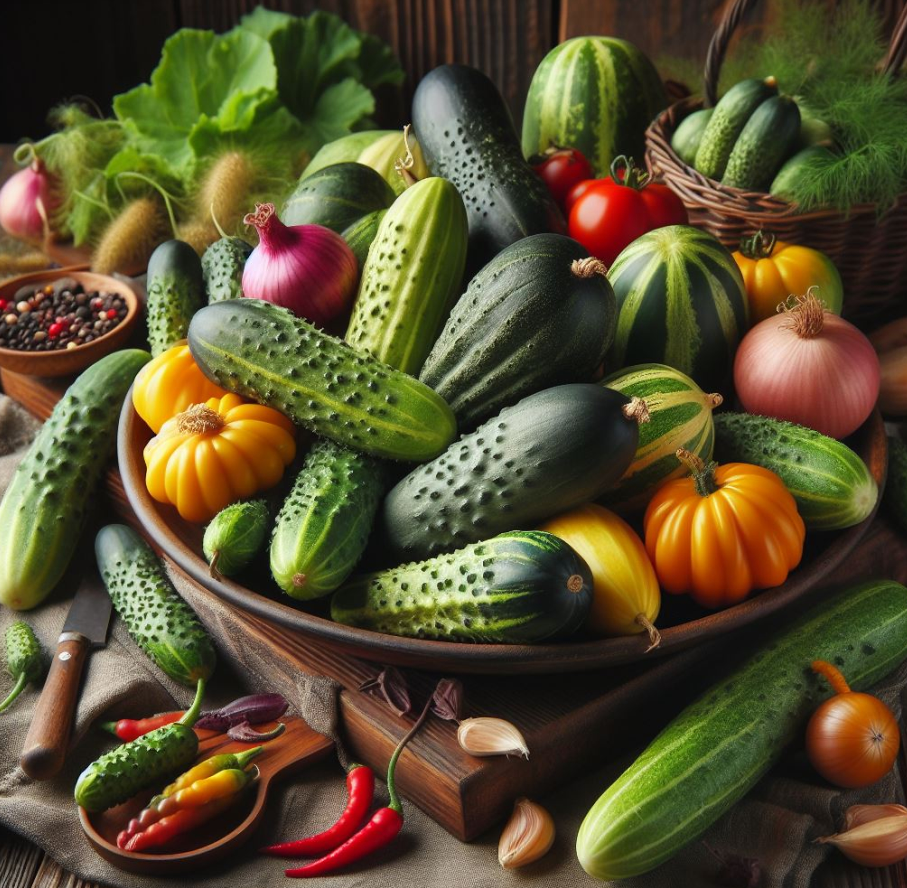
Dreaming of crisp, flavorful cucumbers from your garden? In humid climates, that can be tough. Heirloom Cucumber Flavor Champions for Humid Climates reveals disease-resistant varieties that thrive and deliver delicious homegrown flavor!
Have you ever seen a perfect cucumber turn into yellow mush overnight? That’s what humidity and disease can do to those tender beauties in zones 5-9. But if you love the rich, nuanced flavors of heirloom vegetables, don’t despair! There are heirloom cucumber varieties ready to fight back and bring delicious, homegrown goodness to your table.
The Right Cucumbers for the Challenge
Here’s a handful of heirlooms known for their disease resistance and fantastic flavor that won’t wilt under pressure:
-
Marketmore 76
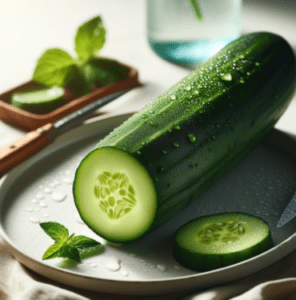
The reigning champ of disease-resistant cucumbers. This classic delivers long, dark-green slicers perfect for salads and snacking. Laugh in the face of powdery mildew, cucumber mosaic virus, and downy mildew! It’s a reliable choice across various climates, ideal for zones 4-10.
- When to Plant: Plant Marketmore 76 seeds directly in the ground after the last frost, when soil temperatures reach at least 60°F. For an earlier start, sow seeds indoors 2-3 weeks before your last frost.
- Spacing: Provide 36-60 inches between plants for optimal growth and air circulation.
- Sun & Soil: Choose a spot with full sun (at least 6 hours a day) and well-draining soil rich in organic matter.
Click here to Buy Marketmore 76 seeds on Amazon
-
Straight Eight
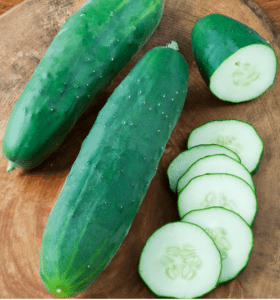
An All-American Selections winner, Straight Eight is lauded for its classic cucumber flavor, crisp texture, and smooth, straight fruits that grow up to 8 inches long. It’s a reliable producer known for resisting downy mildew, a major disease concern in humid zones. This versatile slicer thrives in zones 5-9.
- When to Plant: Similar to Marketmore 76, sow Straight Eight seeds directly outdoors after the last frost when soil temperatures reach at least 60°F. You can also start seeds indoors 2-3 weeks beforehand for a head start.
- Spacing: Provide 18-24 inches between plants to allow for good air circulation and healthy growth.
- Sun & Soil: Straight Eight thrives in a location with full sun (at least 6 hours daily) and well-draining soil rich in organic matter.
-
Lemon Cucumber

Don’t be fooled by its name – this mild, sweet beauty is anything but sour. The round, lemon-yellow fruits are a fun addition to the garden and surprisingly tough against diseases. While it doesn’t have specific resistances like Marketmore 76, its compact growth habit makes it less susceptible to humidity-related ailments. It’s well-suited to zones 4-10.
- When to Plant: Plant Lemon Cucumber seeds directly in the ground after the last frost when soil temperatures have reached at least 60°F. To get an earlier start, sow seeds indoors 2-3 weeks before your last frost.
- Spacing: Since Lemon Cucumbers have a bushier growth habit, plant them 12-18 inches apart for optimal growth.
- Sun & Soil: This sunny cucumber thrives in a location with full sun (at least 6 hours daily) and well-draining soil with plenty of organic matter.
-
Boston Pickling
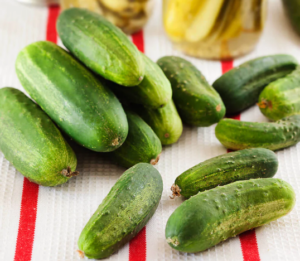
Planning on a summer of pickling? This prolific heirloom is your go-to. It shrugs off the humidity and delivers perfect pickling cucumbers, typically 5-6 inches long. While disease resistance isn’t its most vital point, Boston Pickling’s vigor and abundance make it a good choice for humid zones 5-9.
- When to Plant: Plant Boston Pickling seeds directly in the ground after the last frost when soil temperatures reach at least 60°F, you can get a headstart by sowing seeds indoors 2-3 weeks before your last frost.
- Spacing: Provide 12 to 24 inches between plants to promote good growth and air circulation.
- Sun & Soil: Boston Pickling thrives in full sun (at least 6 hours a day) and prefers well-draining soil enriched with organic matter.
-
Ashley Slicer
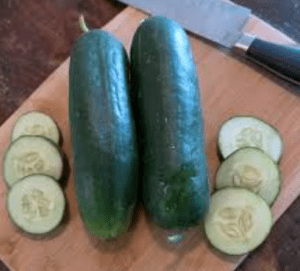
The Ashley is an excellent contender if you’re searching for a classic slicer cucumber with outstanding disease resistance. Developed for the humid Southeast, it boasts resistance to downy mildew and thrives in zones 5-9. Expect abundant yields of crisp, dark green cucumbers.
- When to Plant: Plant Ashley Slicer seeds directly in the ground after the last frost when soil temperatures reach at least 60°F. To get an earlier start, sow seeds indoors 2-3 weeks before your last frost.
- Spacing: Provide 18 to 24 inches between plants to promote good growth and air circulation.
- Sun & Soil: This cucumber thrives in full sun (at least 6 hours a day) and prefers well-draining soil enriched with organic matter.
-
Max Pack Cucumber
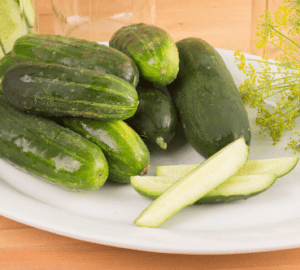
Looking for a top-notch pickling cucumber with stellar disease resistance? The Max Pack is known for withstanding a range of cucumber ailments, including cucumber mosaic virus, downy mildew, and powdery mildew, making it a reliable choice for humid zones 4-10. It produces plentiful harvests of small, uniform cucumbers perfect for pickles.
- When to Plant: Plant Max Pack seeds directly in the ground after the last frost when soil temperatures reach at least 60°F. To get a head start, sow seeds indoors 2-3 weeks before your last frost.
- Spacing: Provide 12-18 inches between plants to promote good growth and air circulation.
- Sun & Soil: Max Pack appreciates full sun (at least 6 hours a day) and well-draining soil enriched with organic matter.
Tips for Outsmarting the Humidity
Even disease-resistant heirloom cucumbers need a helping hand in humid climates. Here’s how to set them up for success:
- Space Invaders: Give your cucumbers room to breathe for good air circulation.
- Mulch Mania: A layer of mulch keeps soil moist, temperatures even, and weeds (which can harbor disease) at bay.
- Water Wisely: Water deeply in the morning at the base of the plant, and let the foliage dry out before evening.
- Disease Detectives: Inspect your plants regularly, and don’t hesitate to remove any disease-damaged leaves to protect the rest.
Choose Your Fighter
The beauty of heirloom cucumbers is that they’re built tough. Their unique flavors have stood the test of time because they survived challenges like our humid zones!
By choosing disease-resistant varieties and giving them extra care, you’re well on your way to enjoying the unmatched flavor of homegrown heirloom cucumbers.
Ready to add some heirloom flavor to your garden? Choose one of these hardy cucumbers and start planting!


























